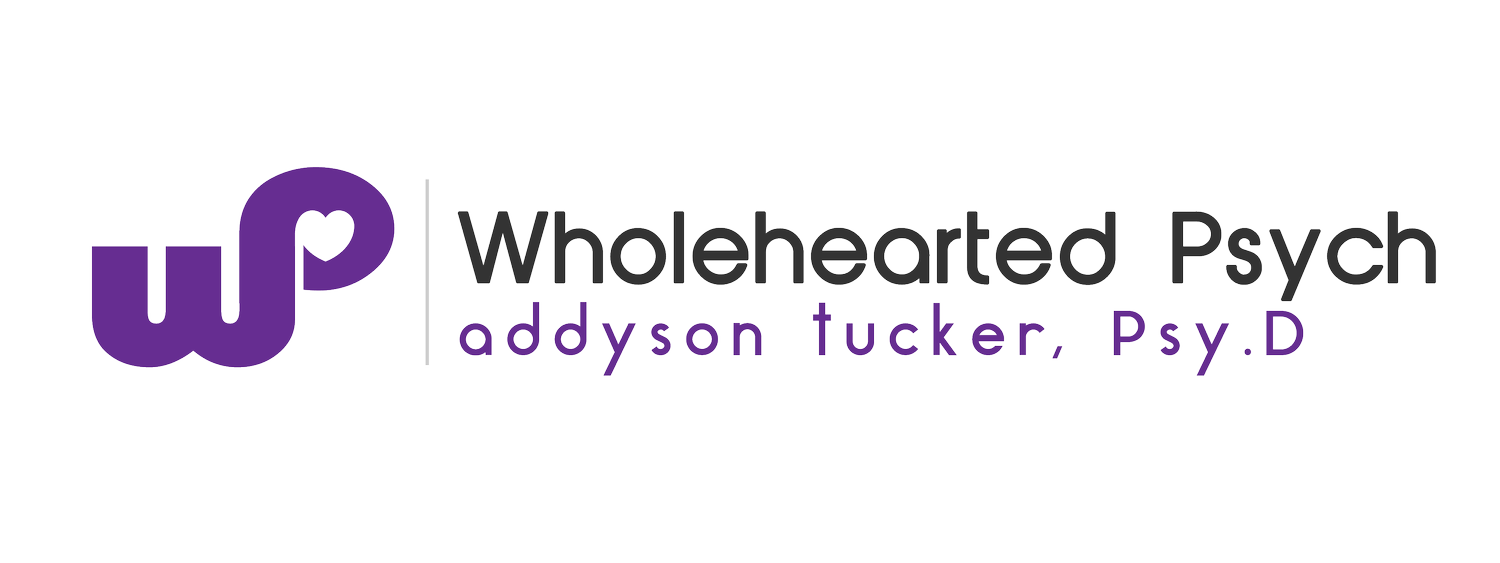Part 1 - Shame Resilience for Liberation: Understanding Shame
Note: Discussions about shame can feel complex and heavy. I'll include some resources for further exploration at the end of each section, and will be expanding further in part 2. I recommend doing this work in community with others that you are able to be vulnerable with, who can hold really difficult feelings and experiences with gentleness.
Let's talk about shame.
Understanding Shame
First, we'll break down what I mean when I'm talking about shame. Keep in mind that it is common for folks to not identify with the word 'shame,' until they learn more about what I mean by shame.
Through her research & writing, Brené Brown defined shame as:
"the intensely painful feeling of believing that we are flawed...and therefore unworthy of love and belonging."
Brene Brown's research did an awesome job of bringing shame into the landscape and flushing out the ways that we tend to respond.
However, this conversation around internalized messages of Shame has been around for a long time. This includes through the work and writing of thought leaders, writers, and poets such as Audre Lorde.
What messages have we internalized that we are "too much" or "not enough?"
Shame messages can look something like this:
If only I could ___________, I'd be a better [insert friend/partner/activist].
I should _______________ more/less. What is wrong with me?
I'll never be __________ enough. Why do I even bother?
It's asking way too much to ____________. I don't want to burden others.
Shame is often connected to identity, systems of oppression, and marginalization.
As a reminder, one of the ways in which whiteness operates in western culture is through isolation. The system has a goal to quiet the voices of dissent and difference. Then, it is more effective at spreading the message that 'dissenters' are outside the norm and therefore "bad." For example, our world has very clear ideas of what it looks like to be a "good person" or a "good worker."
I might feel more worthy in my professional role if I am seen as:
Easy Going/Cooperative
Successful
Intelligent
Likable/desirable
Hard-working
Resourceful
Efficient
Excellent at multitasking
Most desirable traits are wrapped in a cloak of perfection and unrealistic ideals.
Which perfectionist ideals do we strive for throughout our life, only to feel like we can never reach the top of that mountain?
What qualities would you absolutely dread being perceived as? Would you do whatever it takes to avoid being "one of those people?"
Below, we will dig into a potential shame area and the messages of being "too much" or "not enough" behind it that may trigger shame.
Example: What does it mean to be RELIABLE?
A perfectly reliable person may have traits such as:
100% consistent and clear communication
Following through on all commitments
Show up on time, every time
Never saying no when someone is in need
Being there for someone, no matter what
[What other traits, behaviors?]
What are some beliefs we may have internalized about reliability?
If I don't push through my discomfort, I'm not 'pulling my weight.'
If I cancel plans last minute, I'm flaky.
If I say no, I'll be seen as less fun or less committed.
I can’t be honest when running late, because no one believes that I actually care about being on time.
[What other messages, beliefs, experiences?]
How do we respond when we are perceived or accused of being 'unreliable?'
Urge to say something passive-aggressive
Promising that I'll never be late or cancel again
Shut down and pull away, avoiding the person for awhile
Sinking into my own self-hatred and a shame spiral
Dismiss the person’s concern because they aren’t perfect either
[ What other reactions, urges, feelings?']
Now it’s your turn!
Part of shame resilience is recognizing your shame triggers and how they show up. The below exercise will help you explore one of your areas of feeling 'too much' or 'not enough.' (adapted through the work of Brené Brown). After you’ve finished, spend a few moments reflecting on the following prompts for further reflection:
How does shame show up in your body when you receive those messages of being ‘too much’ or ‘not enough’?
Do your shame reactions connect or distance you from others? How are your shame reactions helping? Or hurting?
Where did those messages come from about those ideal and unwanted traits? (Hint: We'll talk more about this in Part 2!)
Stay tuned for Part 2, where we’ll further discuss where shame messages come from.
Resources for Further Learning
Brené Brown’s books & research address this further: Daring Greatly, as well as You are your best thing: Vulnerability, Shame Resilience, & the Black Experience by Burke & Brown.
Check out Brené speaking about ‘Guilt vs Shame’ with Oprah (2.20 video), as well as this ‘Empathy vs. Sympathy’ animation (2.53 video)
The Body is Not an Apology (+ workbook) (Sonya Renee Taylor)
Laziness does not exist & Unmasking Autism (Books by Devon Price)
Zone of Rarity: The Platypus Poem by J Mase III (Video Performance)
Reclaiming our power: Making ourselves seen (TEDxCU talk by Nora Alwah)
The Urgent Need for Compassion (Podcast segment, begin at 52.13 - Alok V Menon)




